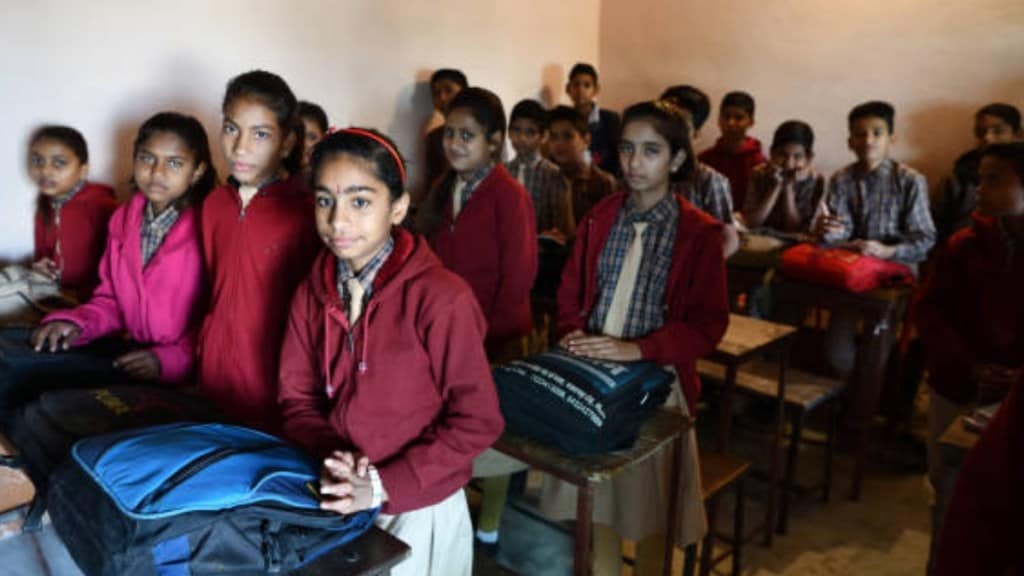The National Education Policy (NEP) 2020 marks a groundbreaking transformation in India’s approach to education. Anchored in holistic, inclusive, and flexible learning principles, the policy seeks to provide equitable access to high-quality education for every student. The NEP’s progress highlights significant milestones, ongoing challenges, and valuable insights into its transformative potential three years into its implementation.
Introduced in 2020, the NEP replaced the 34-year-old National Education Policy of 1986. It sought to bridge long-standing gaps in quality, equity, and access to education at all levels. By December 2024, significant reforms had been enacted, such as scrapping the “No Detention Policy” under the Right to Education Act (2009) for Classes 5 and 8. Students failing year-end exams in these grades must retake examinations within two months, reinforcing accountability and foundational learning.
Key features of NEP 2020
The NEP 2020 envisions a more inclusive, equitable, and culturally rooted education system while equipping students with 21st-century skills. Among its key reforms are:
- The 5+3+3+4 Structure: The traditional 10+2 system has been replaced by a developmental stage-based framework aligned with the needs of children aged 3 to 18 years. This structure ensures continuity and adaptability across foundational, preparatory, middle, and secondary stages.
- Foundational Literacy and Numeracy: Universal literacy and numeracy by Grade 2 is a top priority, supported by missions like NIPUN Bharat and resources such as the National Curriculum Framework for the Foundational Stage (NCF-FS).
- Holistic and Multilingual Education: Initiatives like the “Jadui Pitara” learning kit and regional language inclusion in engineering and medical courses enhance accessibility and cultural connection. Key entrance exams like JEE and NEET are now offered in 13 regional languages.
- Four-Year Undergraduate Program (FYUP): Under the NEP 2020 framework, over 105 universities, including 19 central institutions, have embraced the Four-Year Undergraduate Program (FYUP). This initiative provides students with enhanced flexibility, allowing them to choose multiple exit options based on their individual academic and professional goals.
- Global Expansion and Digital Learning IITs are establishing campuses abroad, such as IIT-Madras in Zanzibar, and digital platforms like PM e-VIDYA and DIKSHA are driving multimodal learning.
Progress and achievements so far
Four years into its rollout, the NEP has led to:
- Launching play-based learning for children aged 3-8.
- Conducting key exams in multiple languages.
- Establishing global campuses for premier institutions.
- Strengthening teacher training through programs like NISHTHA.
Challenges in implementation
Despite notable progress, several obstacles remain:
- Integration of the 5+3+3+4: Structure Aligning curricula across states and training educators for the new pedagogical methods have been slow. Foundational textbooks for some grades were only recently prepared.
- Unified Higher Education Regulation: The proposed consolidation of UGC, AICTE, and NCTE into a single regulatory body is pending legislative approval.
- Digital Divide Rural areas face intermittent internet access and limited device availability, hindering the effectiveness of digital interventions. For example, students in Bihar and Odisha often lack access to platforms like DIKSHA, widening the urban-rural gap in educational equity.
- Teacher Training Gaps: The NEP’s emphasis on experience-based learning demands advanced teaching methodologies. However, inadequate training and resource availability hinder practical implementation.
Government initiatives and future directions
Minister of State for Education, Jayant Chaudhary, emphasised the shared responsibility of NEP implementation between the Centre and states. Programmes like the PM SHRI scheme aim to develop over 14,500 exemplary schools, while tools like PARAKH provide comprehensive assessment metrics. Real-time data platforms like Vidya Samiksha Kendra monitor progress.
Looking ahead to 2025 and beyond, priorities include:
- Expanding the 5+3+3+4 structure nationwide.
- Tabling legislation for a unified higher education regulator.
- Enhancing teacher training under NISHTHA to align pedagogy with NEP’s goals.
- Bridging the digital divide through improved infrastructure.
The NEP 2020 has set the stage for a transformative education system in India. While significant progress has been made, addressing implementation challenges and inequities remains critical. By focusing on foundational literacy, digital access, teacher training, and regulatory reforms, the NEP can fulfil its vision of creating an inclusive, equitable, and forward-looking education system for India’s future generations.


